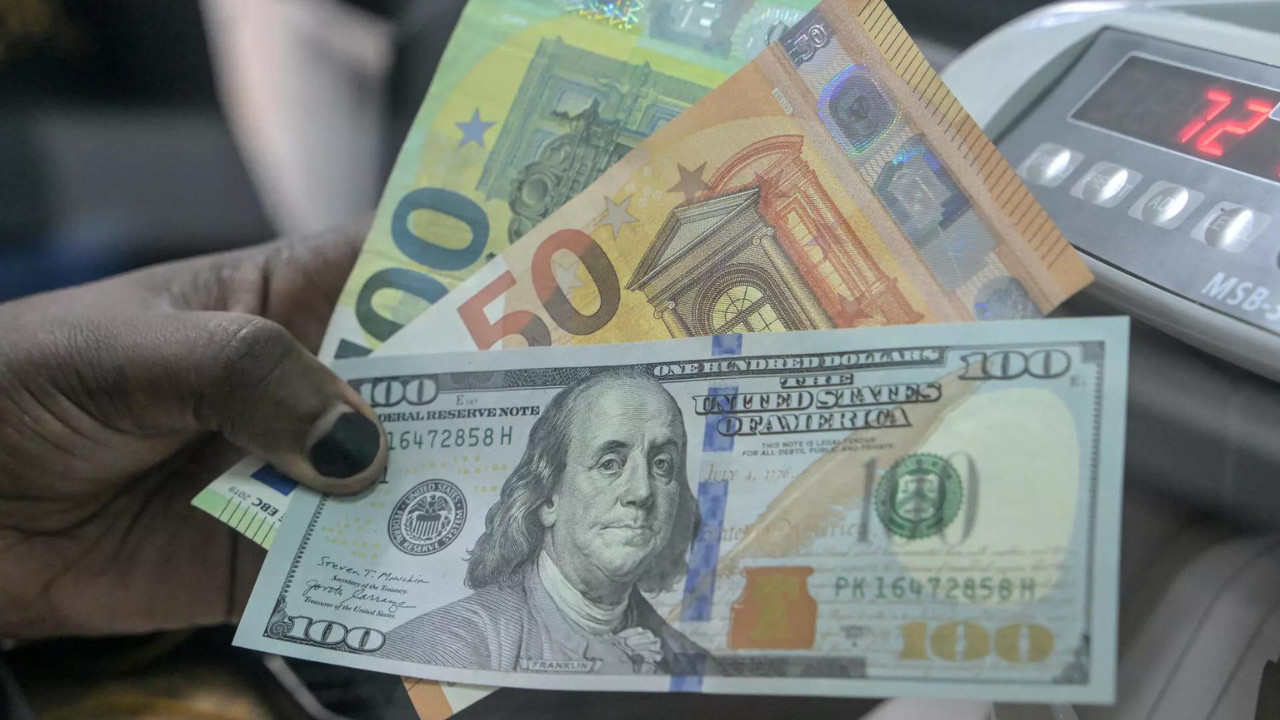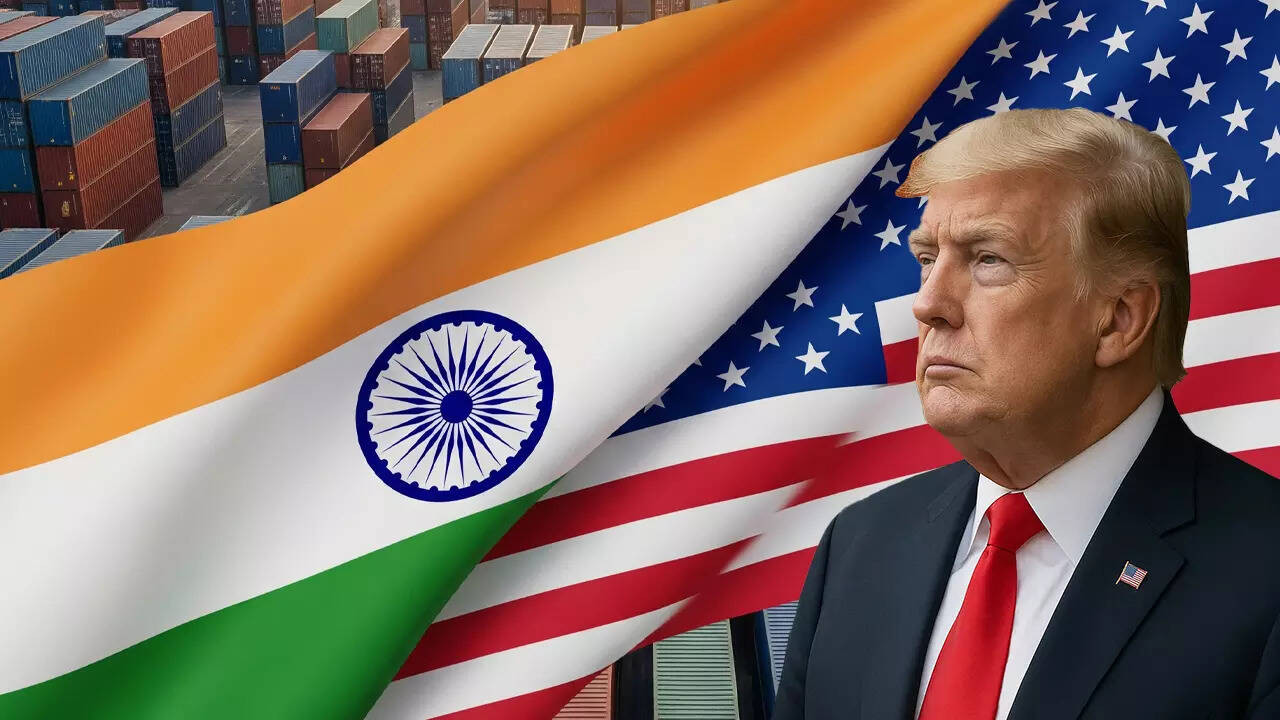Rupee Rumble: What’s Behind the Dip and Should You Care?
Okay, folks, let’s talk rupees. The headlines are flashing red: the Indian Rupee took a bit of a tumble today, dipping below the 86-per-dollar mark. It’s not exactly a heart-stopping collapse, but when your national currency takes a 48-paise nosedive in a single day, it’s natural to ask: what’s going on, and does this impact me?
Honestly, the foreign exchange market can feel like a black box sometimes. One minute everything’s humming along, the next…wham! So, let’s peel back the layers a bit and try to understand what might be causing this little wobble.
First things first, context. The rupee has been playing a bit of a tug-of-war with the dollar for a while now. It’s a constant dance of supply and demand, heavily influenced by global events, investor sentiment, and, of course, the policies of both the Reserve Bank of India (RBI) and the US Federal Reserve. Think of it like this: the rupee is a boat on a sea, and the dollar is another, bigger boat. Their proximity, their movements, and even the currents beneath the surface all affect each other.
Today’s dip seems to stem from a confluence of factors, the biggest one being the strengthening dollar. Now, why is the dollar suddenly flexing its muscles? Well, the US economy has been showing some resilience, despite persistent whispers of a recession. This relative strength, coupled with a touch of investor nervousness about global growth in general, has made the dollar a safer haven. When things get choppy, people often flock to the perceived stability of the US currency.
Think of it like this: imagine everyone is sitting around a campfire, and someone starts talking about bears. People might subtly inch closer to the strongest person in the group. The dollar is kind of that strongest person in the currency campfire right now.
Adding to the mix are concerns about potentially higher-for-longer interest rates in the US. The Fed has been aggressively hiking rates to combat inflation, and the possibility of even more increases – or at least, no immediate cuts – is keeping the dollar buoyant. Higher interest rates in the US make dollar-denominated assets more attractive to investors, further boosting demand for the greenback.
Of course, the Indian economy has its own story to tell. We’re still one of the fastest-growing major economies in the world, but challenges like inflation and global headwinds are undeniable. The RBI has been actively intervening in the currency market to manage volatility and prevent excessive rupee depreciation. They’re the lifeguard on our rupee beach, keeping an eye out for dangerous waves. But even the most skilled lifeguard can’t completely control the ocean.
Now, the big question: does this rupee dip matter to you? The answer, as always, is it depends.
If you’re planning a trip abroad, particularly to the US, your vacation just got a little bit more expensive. The same applies to anyone importing goods priced in dollars – expect to see some price increases on those items. Conversely, Indian exporters might find themselves with a slight competitive edge, as their goods become relatively cheaper for international buyers.
Beyond direct financial impact, the rupee’s performance can influence broader economic sentiment. A weaker rupee can contribute to inflationary pressures, as imported goods become more costly. This, in turn, could lead to further intervention by the RBI, potentially impacting interest rates and the cost of borrowing. So, even if you’re not directly involved in international trade or travel, the rupee’s movements can have ripple effects throughout the economy.
So, what’s the takeaway? The rupee’s current dip is a reminder that currency markets are complex and influenced by a multitude of global factors. It’s not a cause for panic, but it’s definitely something to keep an eye on. The RBI will likely continue to monitor the situation closely and intervene as necessary to manage volatility and maintain economic stability.
Ultimately, the rupee’s future trajectory will depend on a complex interplay of domestic and global forces. How the US economy fares, how aggressively the Fed tightens monetary policy, and how well India manages its own economic challenges will all play a crucial role. Stay informed, stay calm, and remember that in the world of finance, nothing is ever set in stone. The rupee’s story is far from over, and the next chapter promises to be interesting.
📬 Stay informed — follow us for more insightful updates!







